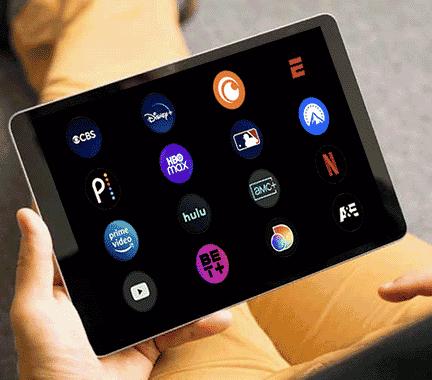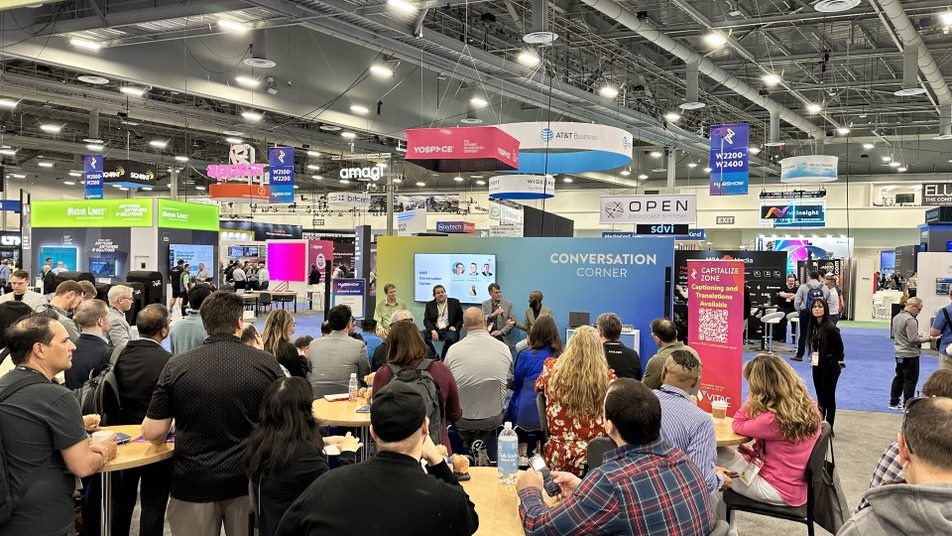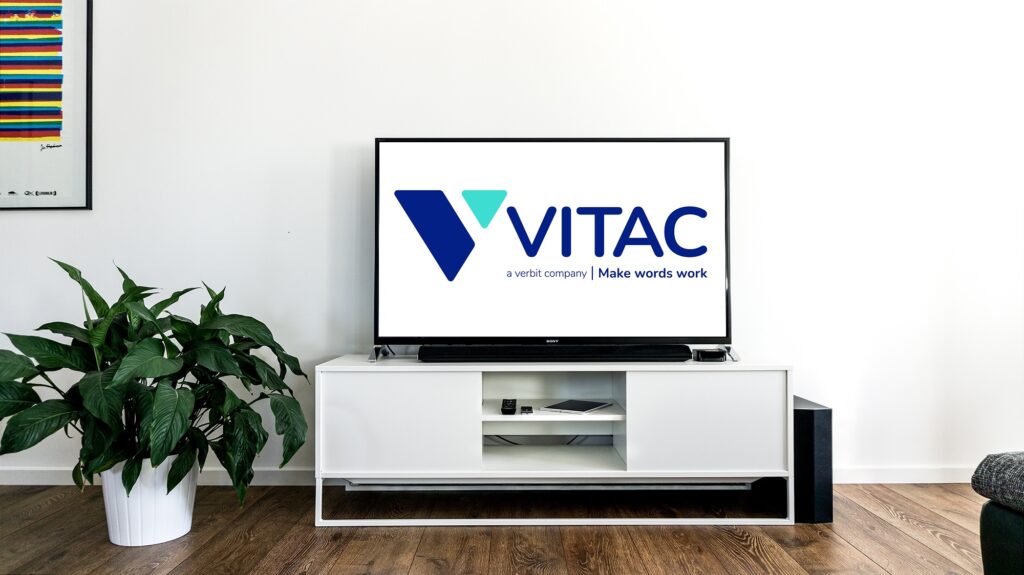It seems that everywhere you turn, there’s a new entertainment streaming service offering a library of curated content. And while roughly half of Americans still access much of their TV programming via cable or satellite TV providers, others look to streaming services to get some or all of their TV fix. With so many different service providers, consumers have an overwhelming wealth of choices regarding which services to subscribe to. While we can’t claim to know what you’ll want to watch, we have compiled some of the top things to consider when asking the question of which streaming service is right for you?
You’ll want to consider:
- Content
- Amount of content
- Genre type, preference
- Cost
- Ads/Commercials
- Time
- User Experience
- Accessibility
Content
When it comes to streaming platforms and even traditional networks and broadcasters, the phrase “content is king” applies across the board. Every service, network, and broadcaster constantly aims to beef up its content offerings to entice more subscribers. Some platforms, like Peacock or Hulu, offer a broader spectrum of content meant to appeal to a wider audience, while other platforms, like the anime platform, Crunchyroll, or AMC’s exclusively horror platform, Shudder, provide much more specialized content centered around specific genres.
Entertainment franchise devotees are no stranger to paying attention to the particular content individual platforms offer. Marvel fans have been well aware of Disney+ for their new content, and similarly, Star Trek fans know of the vast “Trek Verse” Paramount+ has built over the past few years.
The content question becomes more complex when factoring in live sports programming. While services like Hulu + Live TV and Sling offer packages to include lots of live sports, they may not include every sport or every game.
Cost
One of the main reasons many early adopters of streaming services ditched cable was cost. When fewer streaming services were in the game, they were still offering relatively low prices for large amounts of content, and the switch seemed easy. Today, streaming services are generally pricier, and some consumers are cutting down in response.
For those who haven’t yet cut the cable cord completely, the rising costs and variety of content are cited as reasons to stick with cable packages that provide a wide range of stations. Alternatively, some streaming services offer options to bundle multiple subscriptions together as a way to cut costs and let customers build their program line-ups. This can also help to recreate the experience of flipping through various channels to find something to watch that traditional cable subscribers are used to.
Ads/Commercials
Many streaming services include at least some ads, some more than others. Even Netflix will soon be joining the ranks of platforms that include ads. And though some services offer options to upgrade packages and experience fewer or no ads, those options usually come with a higher price tag. For those who don’t mind a few advertisements, or for those who may even have some sense of nostalgia for the days of rushing to the restroom during commercial breaks, platforms that include ads for a reduced, or in some cases free, subscription, offer a palatable compromise to offset costs.
Time
In addition to accounting for costs, content, and commercials, consumers must also consider how much time they have to devote to watching television. While many subscribe to streaming services and/or cable packages, others cite their general lack of TV viewing altogether. Some who have limited time or demanding schedules find that they appreciate streaming services for the flexibility they offer. The ability to log into different devices from differing locations offers those who regularly travel the chance to catch up on desired content when convenient.
User Experience
Consumer surveys have shown that user experience tends to rank highly in importance, especially when it comes to retaining customers. Ease of use can drive subscription retention even more than loyalty reward programs or free trial discounts.
Several factors can go into successful streaming, especially if one plans on cutting the cord to cable entirely. For starters, one needs a good internet connection, and several cable companies provide internet services bundled with cable packages. Additionally, those who wish to stream TV to devices other than a phone, tablet, or computer will need a TV capable of streaming or a device to enable this for the TV. Devices like a Roku Stick or Amazon Fire Stick enable older TVs to stream content and often offer subscriptions to other related streaming services, sometimes at discounted rates.
There’s also the user experience within the streaming app to contend with. While most streaming services operate with similar initial models of logging in on a device and entering a home screen from which viewers can navigate or search for content, the similarities often end there. Each platform has its own interface with different ways to search for content, create user profiles within an account, or look for and enable accessibility features.
Accessibility
It’s been well known for a while that most streaming services offer captions. But if you didn’t know before, the recent hay made over Netflix’s Stranger Things’ “squelching” captions likely put streaming platform captions on your radar.
While past court rulings and case settlements have put pressure on platforms to provide captions and at least some audio description, not all platforms have the same amount or quality of accessibility features. Even when content is audio described, finding it may not be easy as most platforms do not include the capability to filter titles based on whether they have audio description.
Additionally, not every streaming platform’s accessibility features are easy to find or easy to enable. And since each user interface is slightly, or sometimes quite different, from the others, there can be a definite learning curve for finding and consuming desired content.
The Audio Description Project and American Council of the Blind keep an updated list of audio described content across multiple top platforms. This can help consumers who need or prefer audio description to decide better which services to subscribe to based on the amount and type of audio described content, but that does mean doing extra legwork to access content the way those who don’t need audio description would.
Of course, the extra legwork in finding content with needed accessibility features means a slightly less equitable experience for those who need them. But most platforms have begun or are continuing to update and expand their accessibility features in response to growing consumer awareness and demand. As demand continues to grow and platforms respond to it, viewers may have fewer access issues to contend with when considering subscriptions, ensuring a broader potential customer base for streaming services and a more equitable experience for all.




